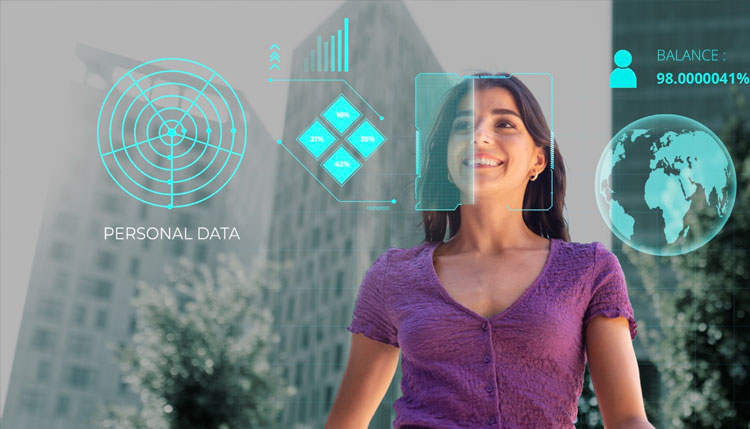
Mobile Biometrics Explained
Hand held devices are slowly eradicating the need to have a number of facilities that were considered indispensable a couple of decades back. Starting from banks and ATMs to haute couture stores, they are slowly being replaced by platforms accessed via the internet, and one short step later, via mobile phones.
This makes it increasingly necessary for hand held devices such as tablets and mobile phones to be as secure as a top-notch bank vault. By 2023, a research estimates that e-commerce fraud alone will cost roughly $130 billion. On the other hand, the biometrics business has been picking up pace at an astonishing rate, and stands to be worth $31 billion by 2023, in a report prepared by Global Market Insights.
What Does it Mean?
Biometrics is the process of using a person’s unique physiological characteristics to grant or deny access to a physical or virtual space. The most common types of biometric readings these days are done using voice, fingerprint, and iris scanning. Some of the other options include the gait of a person, hand geometry, face angles, and a combination of such options. When biometric security is integrated with hand held devices, it becomes mobile biometrics.
There is no doubt that the use of hand held devices is quite prevalent in all parts of the world. One of the first companies to incorporate such a unique and secure way of allowing a person use his/her mobile was Apple, when they launched iPhone 5s in 2013. Since then, several other mobile companies have started using biometric techniques to make their devices more secure.
Use Case
- Biometrics in IoT – When one level of biometric authentication is sufficient to activate or access multiple devices in a network, biometrics and the internet of things combine seamlessly. For example, after fingerprint scanning unlocks a phone, if voice recognition can turn on the AI that forms a part of the phone’s brand, and the AI in turn can manage the temperature of a thermostat or turn on a bluetooth speaker, dim lights or display the day’s news on the smart TV, then it’s evident that biometrics makes these devices not just safe but extremely convenient to use as well.
- Bring Your Own Device (BYOD) Security: Mobile Biometrics can ensure security against data breaches at work places. Today all employees carry a smart phone and in some companies there is a concept of BYOD. In such scenarios mobile biometrics can be used to secure data as it also allows you to assign the user roles and authenticate them on the device.
Some of the other examples of mobile biometrics are using withdrawing money from an ATM, unlocking a car, and gaining access to applications for e-commerce or stock market trading.











